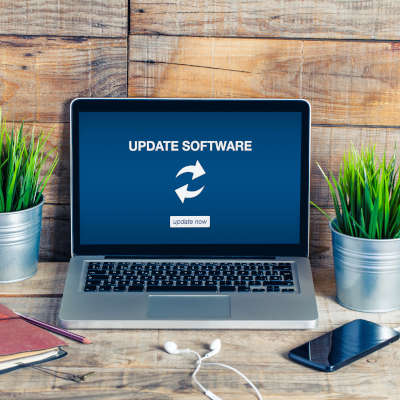If you have never imagined your business in the crosshairs of enemy hackers, you could be in for a rude awakening. Unauthorized access to important business data could be enough to bring your business’ operations grinding to a halt, among other consequences. You need to focus your efforts on security, including protecting your infrastructure and ensuring its redundancy through data backup systems.
Your business’ software is one of its critical assets, so it really can’t also host many risks to your security and business continuity. Therefore, keeping your software up-to-date and fully patched should be a priority. Let’s go over what patch management entails and why it is so important.
A lot of computing is done today using cloud computing – basically, making use of the computing power, space, and applications that a provider has on their infrastructure as if they were your own. Doing so can provide a very specific benefit to your security, but, have you ever wondered how the cloud itself is protected?
Most of us like to take matters into our own hands, almost to a point where we might refer to ourselves as control freaks. So, when it comes to letting other people or even our own devices update themselves, we tend to click “remind me later” or “don’t ask me again”. Patches however, are a crucial task in the computing era. Keeping everything up-to-date aids your business in staying one step ahead of lurking threats. Recently, Microsoft announced that it had two major security updates which required emergency patches.




